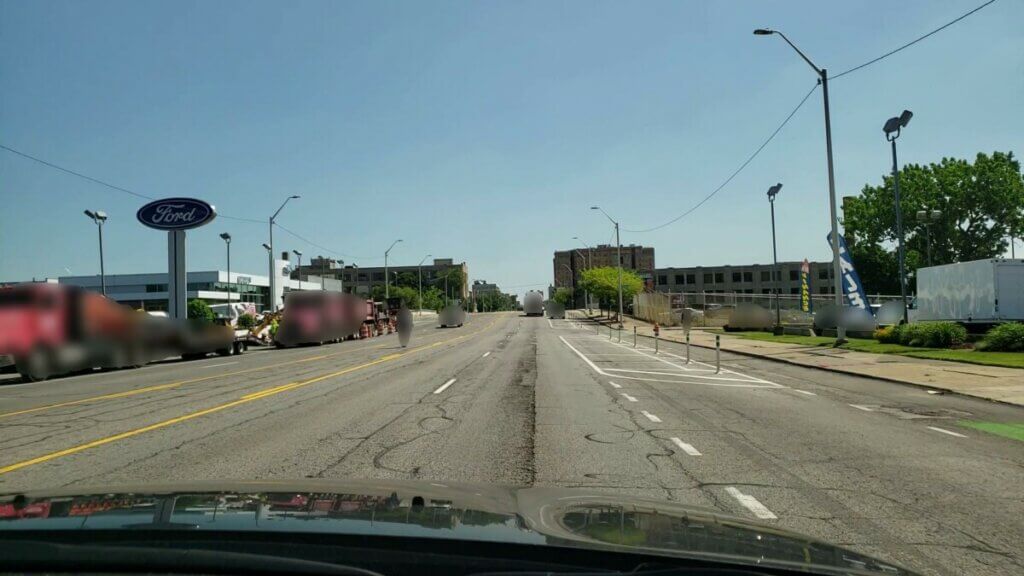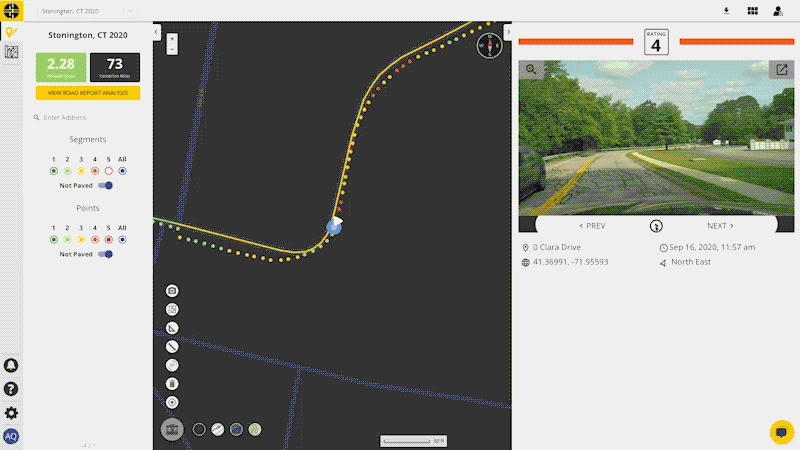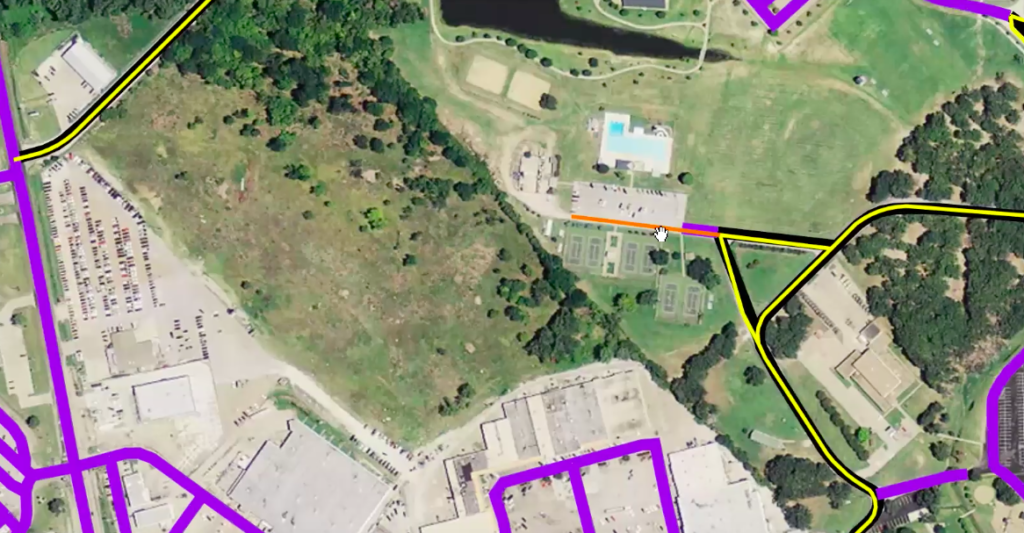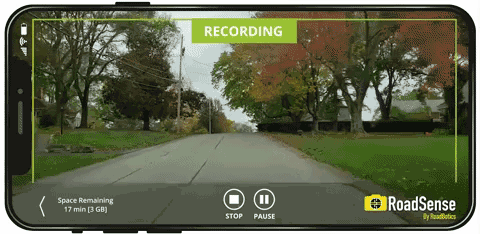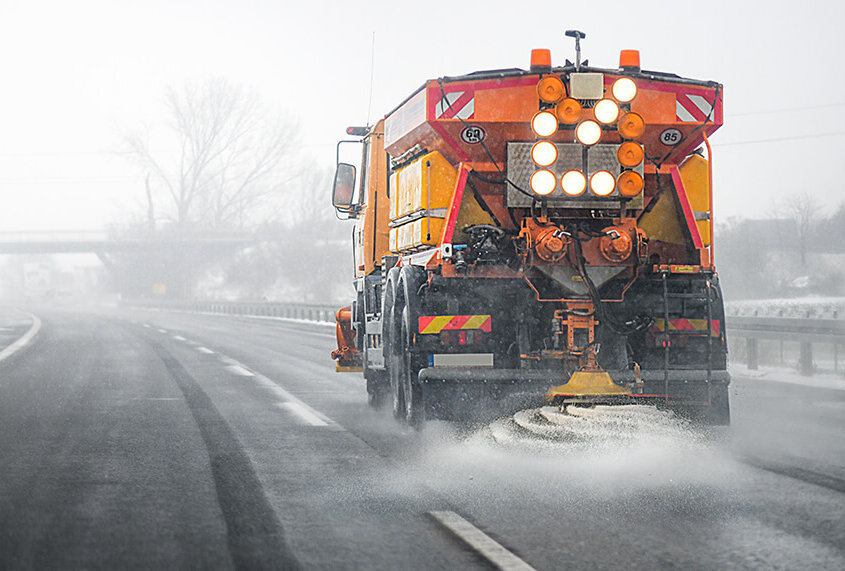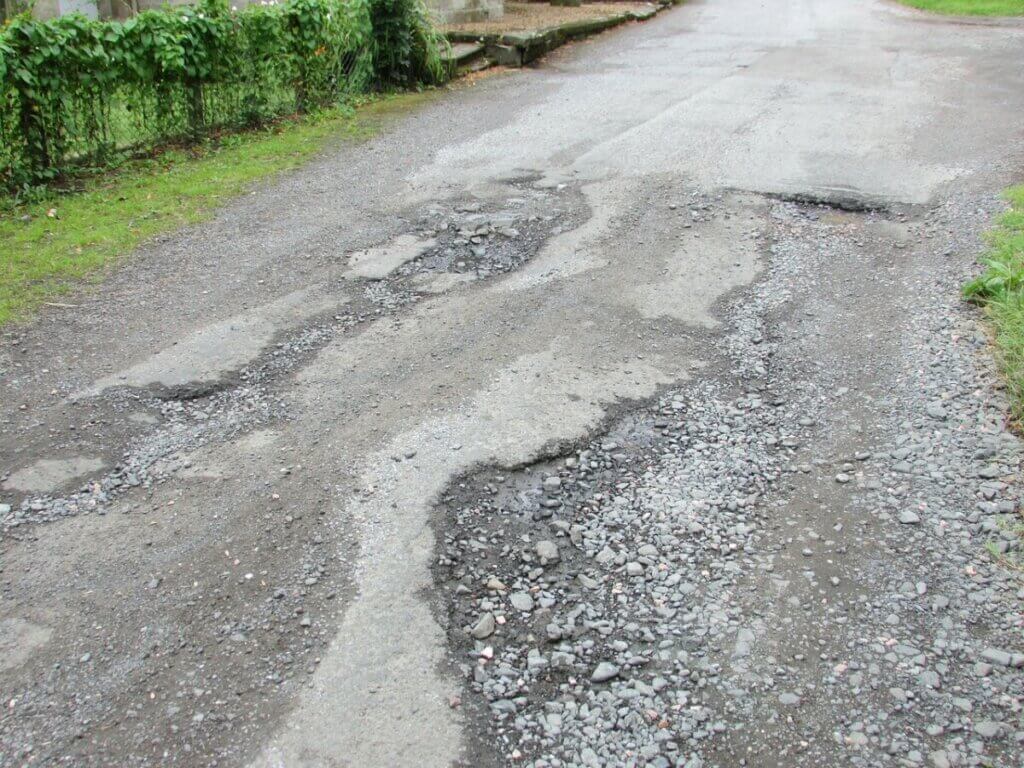Are you wasting time conducting manual pavement assessments?
When it comes to being part of a local government team, there is no shortage of tasks to complete. With the American Society of Civil Engineers rating the US’s roads as a “D,” Public Works teams have their work cut out for them!
Juggling fluctuating budgets, staff, and seasonal needs daily doesn’t leave much time to stop and ask:
“Are there any easy opportunities for improvement?”
If you’re still conducting manual pavement condition assessments, the answer is YES.
In many regions, a pavement management strategy begins with assessing every road in a network. Mainstream methods of evaluating an entire road network revolve around manually inspecting each road over many months from inside of a vehicle. Depending on how many miles of road your network contains, this could take anywhere from three months up to a year to complete.
Public Works teams know that much time is hard to spare. Instead of finding a faster method, they often reduce the frequency of assessments to every 3, 4, or even 5 years. While this might save time, it decreases the relevance of the data they are collecting and creates openings for inefficiency during maintenance planning.
In addition to long turnaround times, manual assessments are subject to factors like availability, experience, and mood of the person performing them. The combination of time and human error impacts when and how well these assessments are conducted.
In short, communities can invest a lot of time AND tax-payer dollars on a process that isn’t delivering the most bang for their buck.
What’s the alternative?
Automate to Accelerate
Our assessments start with a blueprinting process that outlines the fastest route to collect data for all of your roads. Then, any individual with a smartphone mounted in the windshield can follow the route as the RoadSense app collects high-definition video data. In the right conditions, collection can be completed over a short period of time – days or weeks rather than weeks or months.
After collection is complete, our proprietary computer vision algorithm analyzes every 10-foot section of road using artificial intelligence (AI). Fortunately, AI never experiences tiredness, hunger, or decision fatigue, so its results are unbiased and consistent.
Color-coded ratings on a scale of 1-5, with 1 being the best condition and 5 being the worst, are delivered on an interactive map. In addition, spreadsheet data that is able to be integrated with other systems is also provided.
Click on the different colored sections of road to learn more about their condition!
Automation saves considerable time. We helped the City of Savannah, Georgia, complete a road assessment in three months, when it had previously taken an entire year. A smaller community – Bethel Park, Pennsylvania – was able to reduce their assessment process time from two weeks to one day.
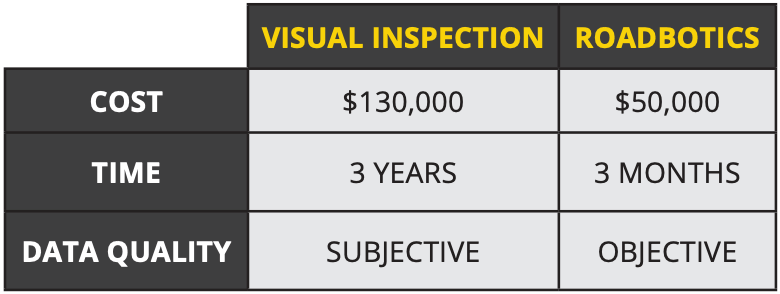
Automation also allows assessments to be conducted more frequently – which is useful for regions that experience recurring freeze/thaw cycles. Planning becomes more streamlined with multiple assessments, as seen in Dublin, Ohio’s adoption of our technology. For communities like Peters Township, Pennsylvania, the year-over-year time savings were most apparent in the analysis process. Our spreadsheet data served as an objective reference to help speed up their pavement maintenance planning.
Does it take a lot of effort to switch to an automated road assessment process?
Automated Assessments Are Calling
With so many people relying on roads every day, it is hard to justify processes that aren’t producing the best results.
Heath Lloyd, Savannah’s Chief Infrastructure and Development Officer put it best, “This partnership with RoadBotics will allow us to better assess the overall condition of city roadways and increase the accuracy of the data collected. It ultimately allows us to be more effective in managing the replacement of our infrastructure. Our goal is to use our resources in the most efficient manner possible. RoadBotics helps us accomplish that goal by enhancing our ability to better plan and implement city-wide roadway replacement schedules”.

